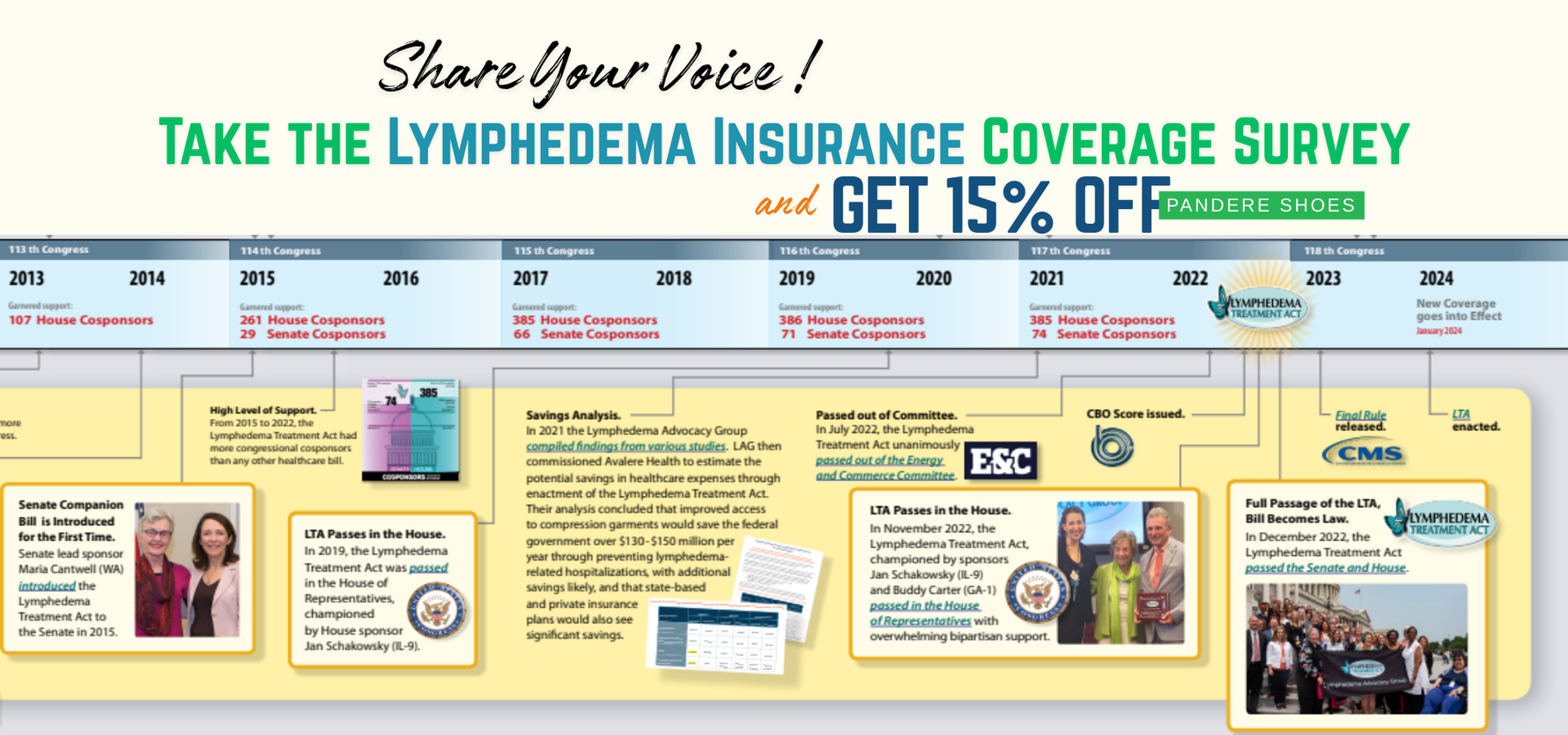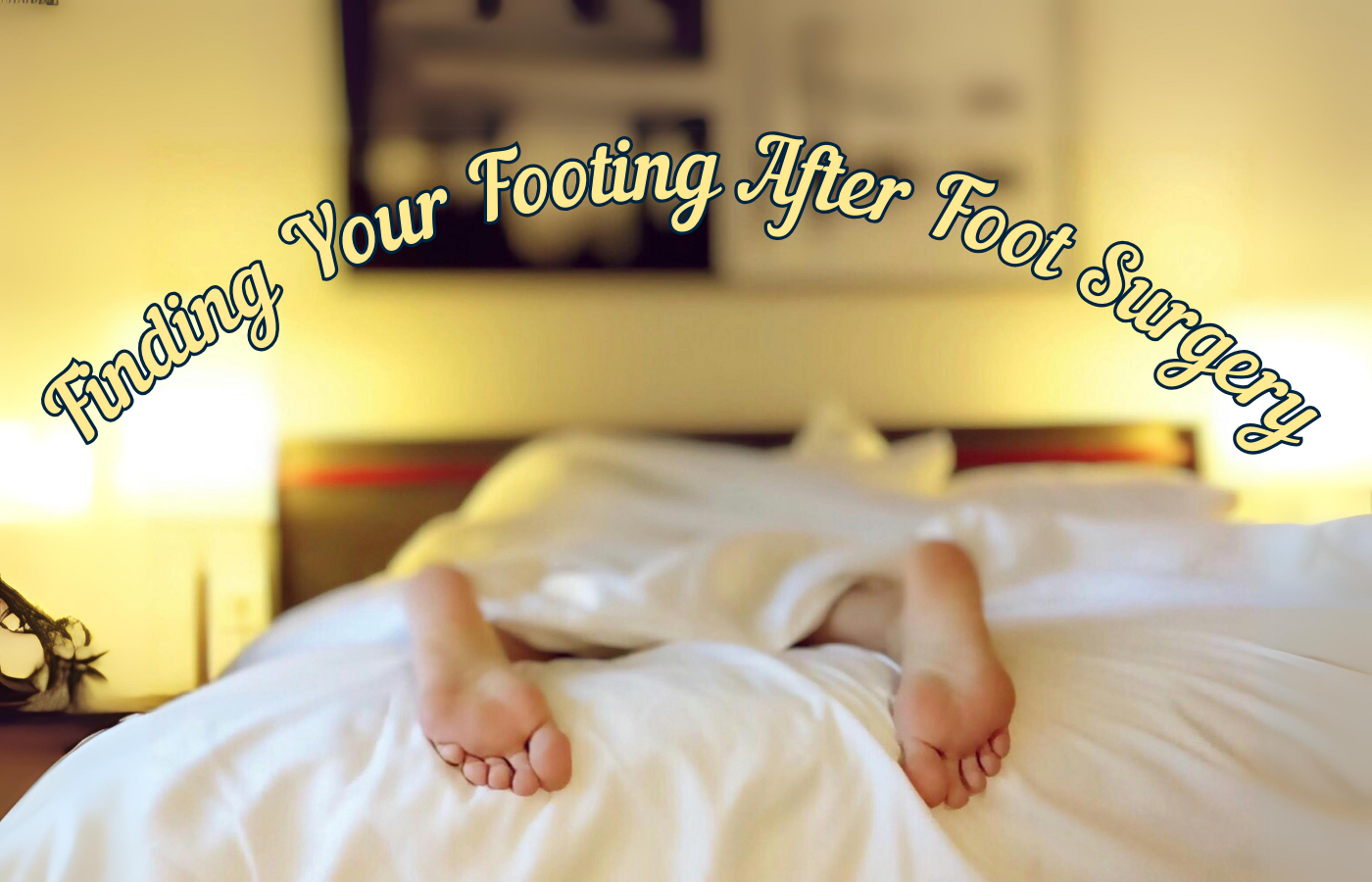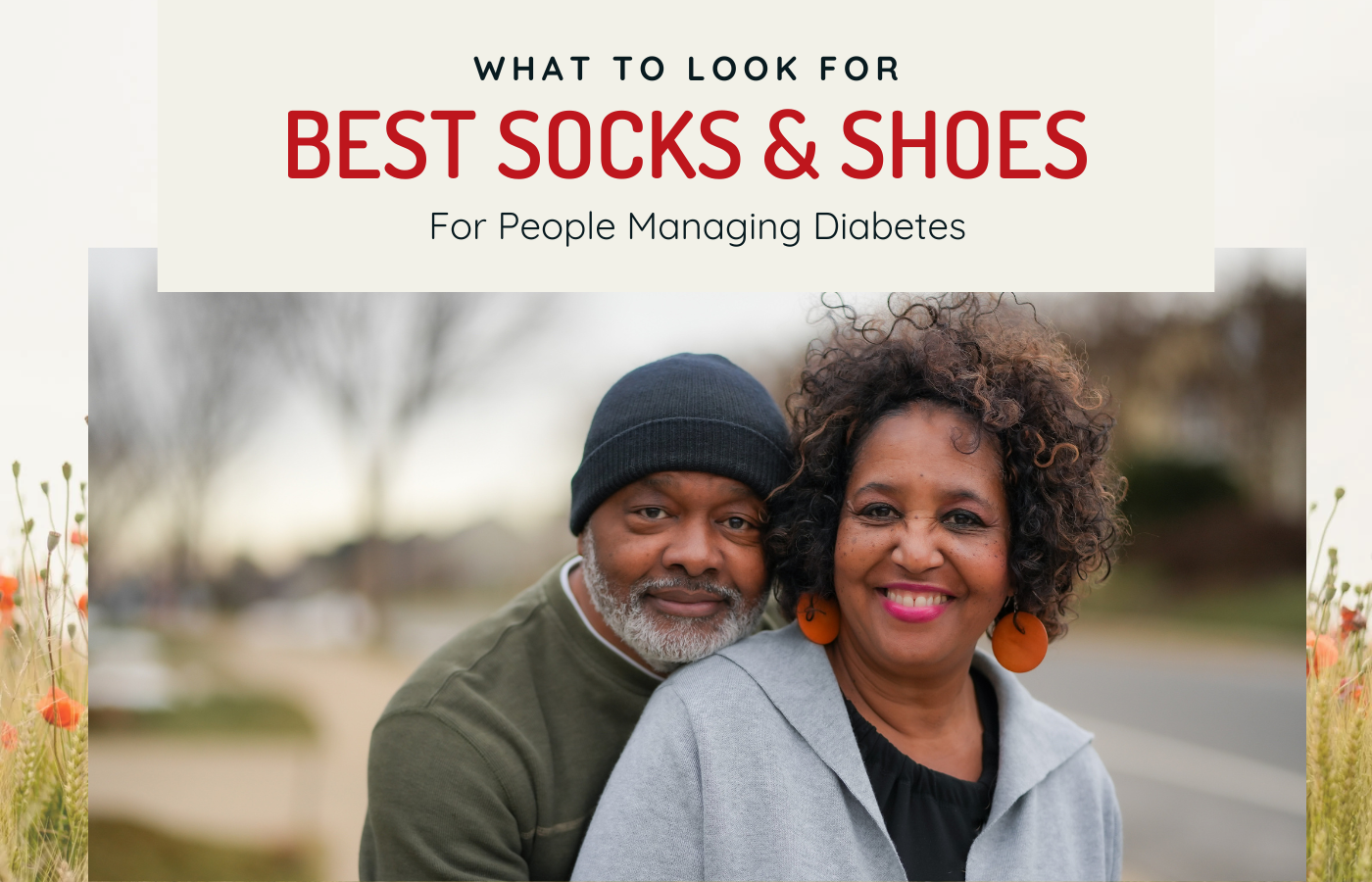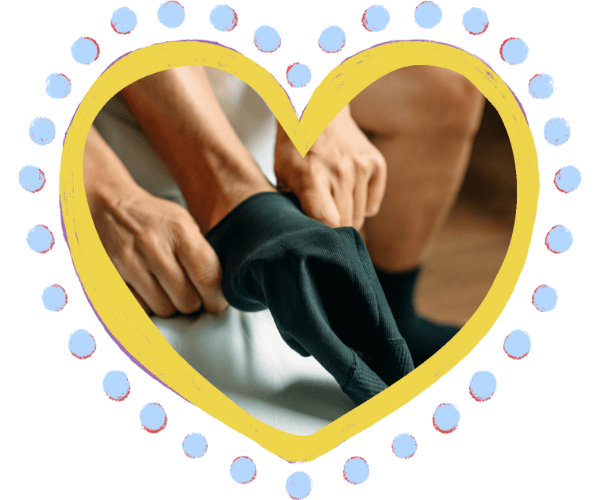Ingrown toenails are the most common nail impairment, and affect millions of people worldwide
It is amazing how something as simple as toenails can have a huge impact on our well being. We wanted to remind our customers how important foot care is and help people recognize when they need to get help.
Many people with chronic foot conditions such as diabetes, vascular diseases and swelling from lymphedema or pregnancy, may be flirting with disaster by ignoring toenail and foot skin problems. Lack of nail care can aggravate pain or lead to wounds, and reduce mobility. Any of these can trigger a bad health cycle to set in.
Today we are sharing some advice from the APMA (American Podiatric Medical Association) on how to identify ingrown toenails, when to consult a podiatrist and some best home-care practices to keep you and loved ones on their feet, and feeling better.
What are Ingrown Toenails?
The Mayo Clinic describes ingrown toenails as “a common condition in which the corner or side of a toenail grows into the soft flesh. The result is pain, inflamed skin, swelling and, sometimes, an infection.”
Usually, toenails grow straight out. Sometimes, however, one or both corners or sides curve and grow into the flesh. The big toe is the most common location for this condition, but other toes can also become affected.
Ingrown toenails are most commonly caused by improperly trimmed nails, shoe pressure, crowded toes due to poorly fitting footwear, repeated trauma to the feet, as well as heredity. Many people with chronic foot conditions forget to check their nails in the midst of caring for their other ailments. This can turn a once small problem turn into a much bigger medical crisis. Additionally, people with swelling, bunions and braces commonly cannot find shoes to fit their feet properly and end up wearing tight shoes that can impede proper nail growth.
People with ingrown toenails may experience pain, redness and swelling, drainage, odor, or skin issues. With any one of these symptoms (or, heaven forbid, all of them) walking and exercising, and focusing on work or family, becomes challenging and even impossible at times. Immediate medical attention is needed if you or a loved one is experiencing any of the above symptoms.
Any podiatrist will tell you, this is NOT a time to grin and bear it.
Here are the top three recommendations for foot care from leading US podiatrists.
If you suspect you have an infection due to an ingrown toenail, immerse the foot in a warm salt water soak, or a basin of soapy water, then apply an antiseptic and bandage the area.
People with diabetes, peripheral vascular disease, or other circulatory disorders must AVOID any form of self-treatment and seek podiatric medical care as soon as possible.
Other “do-it-yourself” treatments, including any attempt to remove any part of an infected nail or the use of over-the-counter medications, should be avoided. Nail problems should be evaluated and treated by your podiatrist, who can diagnose the ailment, and then prescribe medication or another appropriate treatment.
Podiatrists are experts for Feet and Foot Problems
When it comes to ingrown toenails, however, things can go from mild to very bad very quickly.
It is time to visit a podiatrist if your symptoms are not improving. Additionally, you should seek a podiatrist immediately if you have any drainage or excessive redness around your toenail.
While seeking medical advice can seem daunting, a podiatrist will be able to treat your hurting foot immediately, and you should feel relief shortly after. A podiatrist will remove the ingrown portion of the nail and may prescribe a topical or oral medication to treat the infection. If ingrown nails are a chronic problem, your podiatrist can perform a procedure to permanently prevent ingrown nails.
An ounce of prevention is worth a pound of cure
That sentiment is truer than ever when it comes to footcare. Treat your feet like royalty and you will feel like a King or Queen!
Three tips from podiatrists associated with APMA on toenail care to prevent ingrown nails:
Be sure to trim toenails properly: cut them straight across, not longer than the tip of the toes. Do not dig into corners and only gently round off corners with a nail file. Use toenail clippers.
Avoid shoes with pointy or narrow toe boxes.
NEVER rip or tear edges of nails.
Information sourced from APMA.org. https://www.apma.org/ingrowntoenails







